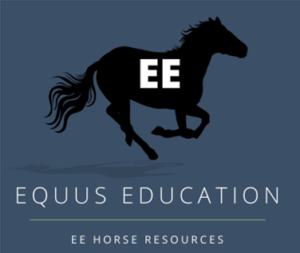I’m reading In Search of a Wild Brumby (Michael Keenan) at the moment and although I’m only just getting into the story, it’s already sent me off searching online in regards to Przewalski’s Horse.
 Keenan’s book refers to the ‘only genetically pure horse left in the wild’, Equus caballus przewalskii that was discovered in Mongolia in the late 19th century.
Keenan’s book refers to the ‘only genetically pure horse left in the wild’, Equus caballus przewalskii that was discovered in Mongolia in the late 19th century.
Apparently breeding programs have been set up in Australia, North America and the Ukraine with the view to release them to roam free once again. It’s already proving to be successful.
Taronga Zoo in New South Wales, Australia is a part of this world wide captive breeding program as is Monarto Zoo in South Australia which is a 1000 hectare site, divided into a series of large paddocks, some of which are open to the public.
Want to know more? Check out:
http://przewalskihorse.nl/
http://en.wikipedia.org/wiki/Przewalski%27s_Horse
http://www.hustai.mn/
Just through looking into a few of these sites, the idea of helping out with the preservation of this unique breed is quickly growing into a future goal. If you have an interest in horses in their natural habitat, improving an environment to help them thrive, reading horses body language and observing daily behaviours, then perhaps the preservation of the Przewalski horse is for you.
Interested in helping out in the preservation of this breed? Visit:
http://www.treemail.nl/takh/hnp/research/index.htm – There’s a scholarship offered for a Mongolian postgraduate each year.
http://www.ecovolunteer.org/ – Click on Choose Your Favourite Species – Ungulate: Przewalski’s Horses. The site to check out if you would seriously be interested in traveling to Mongolia, observing and helping out with the preservation of this breed of horse. Particular times of year and costs involved.
“A well trained horse isn’t less exciting than a wild one.”
tag: equine management, equine preservation, horse observation, equine growth, przewalski horse, mongolia
 So, although the interest is there to learn more, it wasn’t really possible because I didn’t want to pursue vet nursing as a career. I do love stud work however and would consider going back to it, so it’s exciting to know that I could also be doing a Vet Nursing course, gaining another qualification and learning more skills that will be helpful in stud work.
So, although the interest is there to learn more, it wasn’t really possible because I didn’t want to pursue vet nursing as a career. I do love stud work however and would consider going back to it, so it’s exciting to know that I could also be doing a Vet Nursing course, gaining another qualification and learning more skills that will be helpful in stud work.

 Whoever planned out this windbreak, I’d love to ask them a few questions!
Whoever planned out this windbreak, I’d love to ask them a few questions! This is a big goal for me for this year. I’ve concluded I have a long way to go in my riding and the theory of riding if I were to go for my Level 1 in instructing but believe the Introductory Coach qualification is feasible and once achieved, I could purchase my own insurance and teach my own clients. Very appealing for someone who wants to run their own place eventually.
This is a big goal for me for this year. I’ve concluded I have a long way to go in my riding and the theory of riding if I were to go for my Level 1 in instructing but believe the Introductory Coach qualification is feasible and once achieved, I could purchase my own insurance and teach my own clients. Very appealing for someone who wants to run their own place eventually.